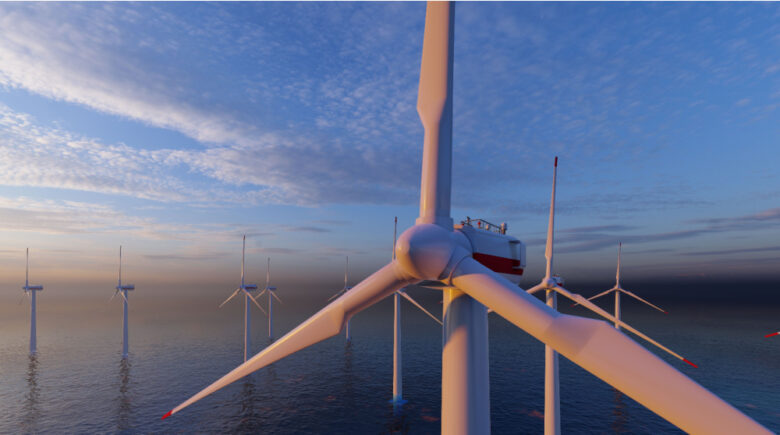Wind and other renewable energy sources are among the fastest-growing forms of energy in the world. In the United States, wind power accounts for about 10% of total energy production. Wind is created by the sun heating the Earth unevenly—land and water absorb heat at different rates, causing daily wind patterns.
During the day, air over land heats faster than air over water. At night, the reverse occurs as land cools more quickly. Globally, warm air near the equator rises and cooler air from the poles moves in to replace it, creating wind. Wind turbines convert this moving air (kinetic energy) into electricity. Large blades capture the wind and turn a rotor, which spins a drive shaft connected to a generator, producing power through a transformer.
Planning for Wind Power
Producing wind energy involves more than just placing turbines in windy areas. It requires careful analysis of wind speed and consistency. Small-scale turbines work best where average wind speeds reach 9 miles per hour, while utility-scale turbines need at least 13 mph.
Ideal locations include mountain passes (where wind is funneled), hilltops, open plains, and coastal areas. Higher elevations tend to generate more electricity efficiently. Turbine sizes vary widely. By 2022, the average wind turbine stood over 300 feet tall, with blades reaching beyond 420 feet. The largest turbines range from 500 to 900 feet in height.
Land-Based and Offshore Wind Farms
Wind farms—clusters of turbines—are typically built in rural or agricultural areas. Most are owned by private producers who sell electricity to utilities and consumers. Selecting the right location is crucial, ideally away from buildings and tall trees that can block wind flow. Some wind farms are built in areas with high energy demand or where importing fuel is costly.
Onshore Wind Farms
Onshore wind farms vary in size. Most consist of a few turbines, but larger farms—like California’s Alta Wind Energy Center with 600 turbines—do exist. Many are located in the Midwest, where farmland and grazing land coexist with turbines. Farmers benefit by leasing land for turbines in exchange for annual payments from energy companies.
Smaller, localized wind projects are known as distributed wind energy. These systems typically generate less than one megawatt and serve individual homes, farms, or small communities, often operating on the consumer’s side of the electric meter.
Offshore Wind Farms
Offshore turbines are generally twice as large as land-based ones. They’re designed to harness strong coastal winds. In shallow waters, turbines are fixed to the seabed. In deeper areas, they’re mounted on floating platforms. Smaller offshore farms can power research stations, while larger ones can supply electricity to coastal cities via underwater cables connected to the land grid.
The Benefits of Wind Energy
In 2022, the U.S. wind industry employed around 125,000 people. As the industry grows, more companies are manufacturing turbine parts, and by 2050, up to 600,000 jobs could be supported. Wind energy is also one of the most cost-effective power sources—its cost has dropped by about 74% since 2008, hitting its lowest point in 2018.
Taller towers and longer blades now allow turbines to operate efficiently at lower wind speeds. As technology advances, fewer materials are needed, lowering both installation and maintenance costs.
Currently, around 60% of U.S. electricity comes from coal and gas—major contributors to climate change. Power generation is responsible for about 25% of all greenhouse gas emissions. Transitioning to wind power helps reduce environmental damage.
Wind Turbines and Environmental Impact
A single commercial wind turbine can produce about 843,000 kilowatt-hours of electricity each month—enough to power around 1,000 homes. In contrast, heating a home with coal would require 1,000 pounds of coal, or 6,600 cubic feet of natural gas.
Most turbine components are recyclable. The National Renewable Energy Laboratory (NREL) is developing blades made with thermoplastic resin. These can be recycled at the end of their lifespan and require less energy to produce.
Conclusion:
Wind energy is a clean, scalable, and increasingly affordable source of power. With smart planning, new technologies, and continued investment, wind power will play a critical role in shaping a sustainable energy future.



